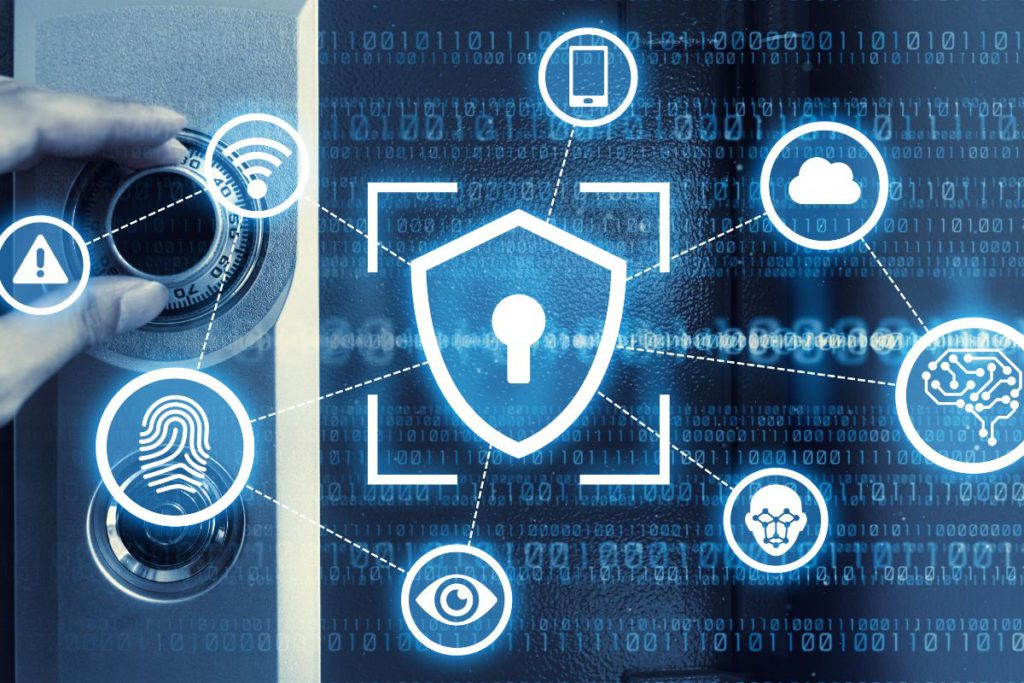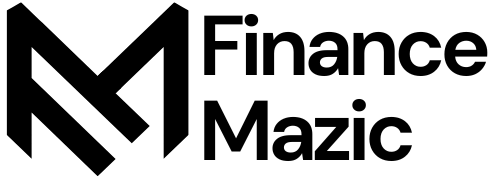Our lives are increasingly intertwined with the online world in today’s digital age. From social media accounts to cryptocurrency wallets, our digital assets have become a significant part of our overall estate. But have you ever wondered what happens to these assets when you’re no longer around? This is where digital estate planning comes into play. In this comprehensive guide, we’ll explore the importance of digital estate planning and provide practical strategies to manage your online legacy effectively.
Understanding Digital Estate Planning

What is Digital Estate Planning?
Digital estate planning is the process of organizing and managing your digital assets in preparation for their transfer or disposal after your death or incapacitation. It’s an essential component of modern estate planning that ensures your digital life is handled according to your wishes.
Why is Digital Estate Planning Important?
- Preserving Memories: Many cherished memories now exist in digital form, such as photos and videos stored in cloud services.
- Protecting Financial Assets: Digital assets like cryptocurrency or online investment accounts can have significant monetary value.
- Preventing Identity Theft: Unattended online accounts can become targets for identity thieves.
- Ease for Your Loved Ones: A clear plan makes managing your digital presence easier for your family after you’re gone.
Identifying Your Digital Assets
The first step in digital estate planning is identifying your digital assets. These may include:
- Email Accounts: Gmail, Outlook, Yahoo, etc.
- Social Media Profiles: Facebook, Twitter, Instagram, LinkedIn
- Financial Accounts: Online banking, investment accounts, PayPal
- Cryptocurrency: Bitcoin, Ethereum wallets
- Cloud Storage: Dropbox, Google Drive, iCloud
- Online Subscriptions: Netflix, Spotify, Amazon Prime
- Websites or Blogs: Personal or business websites
- Digital Collections: Purchased music, movies, e-books
- Loyalty Program Rewards: Airline miles, credit card points
Creating Your Digital Estate Plan
Now that we’ve identified what constitutes a digital asset let’s walk through the steps to create a comprehensive digital estate plan.

Step 1: Take Inventory of Your Digital Assets
Create a detailed inventory of all your digital assets. For each asset, record:
- The type of asset (e.g., email account, social media profile)
- Where it’s located (e.g., the website or service provider)
- Username or account number
- Your wishes for what should happen to the asset (e.g., delete, transfer to a specific person)
Example inventory entry:
Asset Type: Email Account
Location: Gmail
Username: yourname@gmail.com
Wishes: Transfer to spouse, then delete after six months
Step 2: Decide What Happens to Each Asset
For each digital asset, decide what you want to happen to it after you’re gone. Options might include:
- Transferring ownership to a specific person
- Archiving the content
- Deleting the account
For instance:
- You might want your family photos on Google Photos transferred to your children.
- Your LinkedIn profile could be memorialized or deleted.
- Your cryptocurrency might be transferred to a specific heir.
Step 3: Choose a Digital Executor
A digital executor is someone you trust to carry out your digital estate plan. This person should be:
- Tech-savvy enough to understand and manage digital assets
- Trustworthy to handle sensitive information
- Willing to take on the responsibility
Consider naming a separate digital executor in your will or ensure your primary executor can handle digital assets.
Step 4: Provide Access Information Securely
Your digital executor will need access to your accounts to fulfill your wishes. However, sharing passwords in your will isn’t secure or practical. Instead, consider:
- Password Managers: Use a service like LastPass or 1Password to store your login information securely. Provide your digital executor with the master password securely, such as through a safe deposit box.
- Encrypted USB Drive: Store your access information on an encrypted USB drive and provide instructions for accessing it in your will.
Example instructions in your will:
“I hereby direct my digital executor to access my password manager account using the master password stored in my safe deposit box at [Bank Name], Box Number [XXX].”
Step 5: Include Digital Assets in Your Will
While the specific access information shouldn’t be in your will, do include provisions for your digital assets. For example:
“I give all my digital assets, including but not limited to email accounts, social media accounts, and digital files, to [Name of Digital Executor], with the request that they be managed or distributed by instructions I have left in my Digital Asset Inventory.”
Step 6: Use Online Tools Provided by Platforms
Many online platforms now offer built-in legacy planning tools:
- Facebook’s Legacy Contact: You can designate someone to manage your memorialized account.
- Google’s Inactive Account Manager: This lets you decide what happens to your Google accounts if they become inactive.
Take advantage of these tools as part of your digital estate plan.
Practical Examples of Digital Estate Planning

Let’s examine two examples to illustrate how digital estate planning might work.
Example 1: The Social Media Influencer
Meet Sarah, a famous lifestyle blogger and social media influencer. Her digital assets include:
- A monetized YouTube channel with 500,000 subscribers
- Instagram account with 250,000 followers
- Personal blog with significant ad revenue
- Multiple email accounts for business and personal use
Sarah’s Digital Estate Plan:
- Inventory: Sarah creates a detailed inventory of all her accounts, including access information stored in a password manager.
- Decisions:
- YouTube channel: Transfer to her sister, who plans to continue creating content
- Instagram: Memorialize the account
- Blog: Transfer ownership to her business partner
- Email accounts: Business emails are to be transferred to her partner, personal emails are to be reviewed by her spouse and then deleted
- Digital Executor: Sarah names her tech-savvy brother as her digital executor.
- Access: Sarah instructs her brother to access her password manager through a sealed envelope stored with her lawyer.
- Will Provision: Sarah includes a clause granting her digital executor the authority to access and manage her digital assets.
- Platform Tools: Sarah sets up Facebook’s Legacy Contact and Google’s Inactive Account Manager as additional measures.
Example 2: The Cryptocurrency Investor
John is an avid cryptocurrency investor with significant digital assets. His digital estate includes:
- Multiple cryptocurrency wallets with substantial holdings
- Online trading accounts
- A blog where he shares investment advice
- Standard email and social media accounts
John’s Digital Estate Plan:
- Inventory: John catalogs all his wallets and accounts, including the types and amounts of cryptocurrency held.
- Decisions:
- Cryptocurrency: To be liquidated and proceeds distributed among his heirs
- Trading accounts: To be closed after transferring funds to his estate
- Blog: To be archived for one year, then deleted
- Personal accounts: To be reviewed by his spouse and then closed
- Digital Executor: John appoints his financially savvy daughter as his digital executor.
- Access: John stores his wallet keys and access information on an encrypted USB drive, and he provides his daughter with instructions for decryption through a secure channel.
- Will Provision: John’s will includes detailed instructions for handling his cryptocurrency assets, including the process for accessing and liquidating them.
- Education: John takes time to educate his daughter on cryptocurrency basics to ensure she can handle these assets effectively.
Common Challenges in Digital Estate Planning
While creating a digital estate plan is crucial, it’s not without challenges. Here are some common issues you might face and how to address them:
- Evolving Digital Landscape
The digital world is changing rapidly. New platforms emerge, and existing ones update their policies regularly.
Solution: Review and update your digital estate plan annually, just as you would with your traditional estate plan.
- Legal Uncertainties
Laws regarding digital assets are still evolving and can vary by jurisdiction.
Solution: Consult with an attorney specializing in digital estate planning to ensure your plan complies with current laws in your area.
- Privacy Concerns
Providing access to your digital accounts means sharing private information.
Solution: Be selective about what you share and with whom. Use secure methods to store and transmit access information.
- Terms of Service Agreements
Many online platforms have terms of service that prohibit sharing account access, even after death.
Solution: Familiarize yourself with the policies of each platform you use. Utilize any built-in legacy planning tools they offer.
- Cryptocurrency Complexities
Cryptocurrency assets present unique challenges due to their decentralized nature and the importance of private keys.
Solution: Consider using a custodial service or a “dead man’s switch” mechanism for your cryptocurrency holdings. Ensure your digital executor understands how to access and manage these assets.
Implementing Your Digital Estate Plan

Now that we’ve covered the what, why, and how of digital estate planning, let’s discuss implementation:
- Start Now: Be sure to create your digital estate plan. The sooner you start, the more prepared you’ll be.
- Be Thorough: Take the time to develop a comprehensive inventory of your digital assets. It’s easy to overlook accounts you use infrequently.
- Communicate: Discuss your plan with your digital executor and critical family members. Ensure they understand their roles and your wishes.
- Secure Storage: Store your digital estate plan securely, but ensure it’s accessible to the right people when needed.
- Regular Updates: Set a reminder to review and update your plan regularly, ideally once a year or whenever you acquire significant new digital assets.
- Seek Professional Help: Consider working with an estate planning attorney with digital assets experience to ensure your plan is legally sound.
Conclusion: Securing Your Digital Legacy

In our increasingly digital world, planning for your digital assets has become as important as planning for your physical ones. A well-crafted digital estate plan ensures that your online legacy is managed according to your wishes, your digital assets are passed on to the right people, and your loved ones are spared the stress of trying to piece together your digital life.
Remember, digital estate planning is not a one-time task but an ongoing process. As your digital footprint evolves, so should your plan. By creating and maintaining a comprehensive digital estate plan, you’re not just organizing your digital life – you’re leaving a lasting gift to your loved ones, providing clarity and guidance during a difficult time.
Start your digital estate planning journey today. Your future self and loved ones will thank you for your foresight and care.


